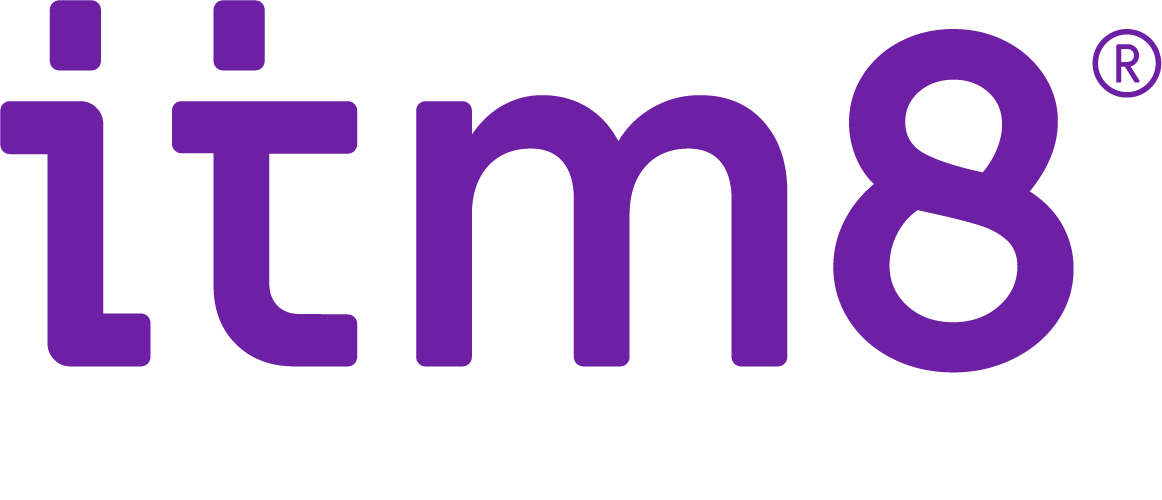Cyberkriminella skyr inga medel för att lura dig eller dina användare. Inte ens spridningen av ett dödligt virus stoppar dem från att sprida sina virus eller attackera företag och organisationer runt om i världen. I vårt sökande efter information om viruset använder sig cyberkriminella av utstuderade social engineering attacker för att komma över vår information. Nyligen spreds malware via flertalet websidor som publicerade kartor som visualiserade Covid-19 spridningen i världen. Besökare på sajterna lurades att ladda hem och köra en fil som infekterade deras enhet och hackarna kom åt deras lagrade lösenord.
Fler och fler företag och organisation tillämpar ”jobba hemma” principen och de digitala verktyg som vi tidigare kanske endast har använts sporadiskt har nu blivit det primära sättet vi jobbar på.
Var extra vaksam på Phishing-attacker
Det spris nu mycket information om Covid-19 från många olika källor och även från hackare. Hackare gör allt för att få dig att lämna ut dina uppgifter eller ladda hem skadlig kod till din enhet genom att till exempel ge falsk information om hur du skyddar din och företagets data. När hackern har kontroll över din mailkorg så nyttjas dina uppgifter för att till exempel skicka ut fakturor men med editerade kontouppgifter så betalningen går till hackern och inte till bolaget. Alla utom de mest sofistikerade social engineering attackerna stoppas med multifaktor autentisiering. Vaksamhet av användarna och utbildning är väldigt viktigt och är de sista bitarna för att skydda oss mot attacker.
Både anställda och arbetsgivare måste nu mer än någonsin vara ytterst noga med att skydda sig själv och sin information från att hamna i orätta händer. För att minimera risken så följer här några tips till er.
1. Checklista för minimera Phising-attacker:
För att minimera risken för Phising- attacker se till att gör följande:
- Var uppmärksam ibland är det bara ett “l” istället för ett “i” som är ändrat
- Verifiera avsändaren
- Aktivera multifaktor verifiering på dina konton
- Tveka inte att kontakta avsändaren för att verifiera överföring och framförallt när det gäller ändrade betalningsuppgifter
- Kör en “intern” phishing kampanj för att testa organisationen och utbilda dom som går på “phishingen”
2. God ”hygien”
Precis som vi alla nu tvättar händerna för att hålla dom rena från virus är det viktigt att göra samma med vår utrustning. Är enheten uppdaterad med de senaste uppdateringarna från leverantören? Är din nätverksutrustning hemma uppdaterad och använder starka lösenord. Var misstänksam på internet och följ företags riktlinjer.
3. Använd kända och skyddade nätverk
Arbeta endast på säkra och lösenordskyddade nätverk. Om du måste använda publika eller gäst nätverk använd dessa med stor försiktighet och arbeta inte med konfidentiell eller känslig information.
4. Förlorad eller stulen enhet
Då arbete nu sker i större utsträckning på distans är också risken för stulna eller borttappade enheter större. Rapportera en förlorad enhet till IT avdelningen eller säkerhetsavdelningen för spärrning och radering. En borttappad enhet är i värsta fall en kapad identitet och man bör därför även byta lösenord.
5. Säker fjärråtkomst till resurser
Har ni i panik implementerat en fjärråtkomstslösning som en tillfällig lösning? Då ingen vet om detta kommer vara i veckor eller månader så påbörja redan nu att säkra fjärråtkomsten till era system med multifaktor.
6. Hemlig information är hemlig även när du jobbar hemma
Då många nu arbetar hemifrån kanske man passar på att ta avstämningsmötet under sin promenad eller sitter på uteplatsen under Teams mötet med en kopp kaffe för att få ett avbräck från hemmakontoret. Men vem är det egentligen som hör vad jag pratar om, eller ser vad jag jobbar med?
7. Använd företagets enhet
Visst är det lockande att nyttja sina egna enheter medan man jobbar hemifrån. Kanske har du större skärm på din egen laptop men kan du garantera att det du jobbar med blir sparat på rätt plats när du inte nyttjar företagets utrustning? Kanske är det så att du råkar spara känslig information på din egen enhet som kommer i orätta händer.
Vet du som arbetsgivare inte hur du ska ge dina anställda rätt förutsättningar att jobba hemifrån eller på distans? Vi på Itm8 hjälper dig och din verksamhet till en säker och effektiv arbetsplats. Med workshopen SecureIT får du praktisk erfarenhet av hur säkerhetsfunktionerna i Office 365 fungerar och hur du kan använda dem för att skydda dina användare mot intrång och skadlig kod. Anmäl dig nu – innan du blir hackad. Eller kontakta oss för hjälp reda idag!





